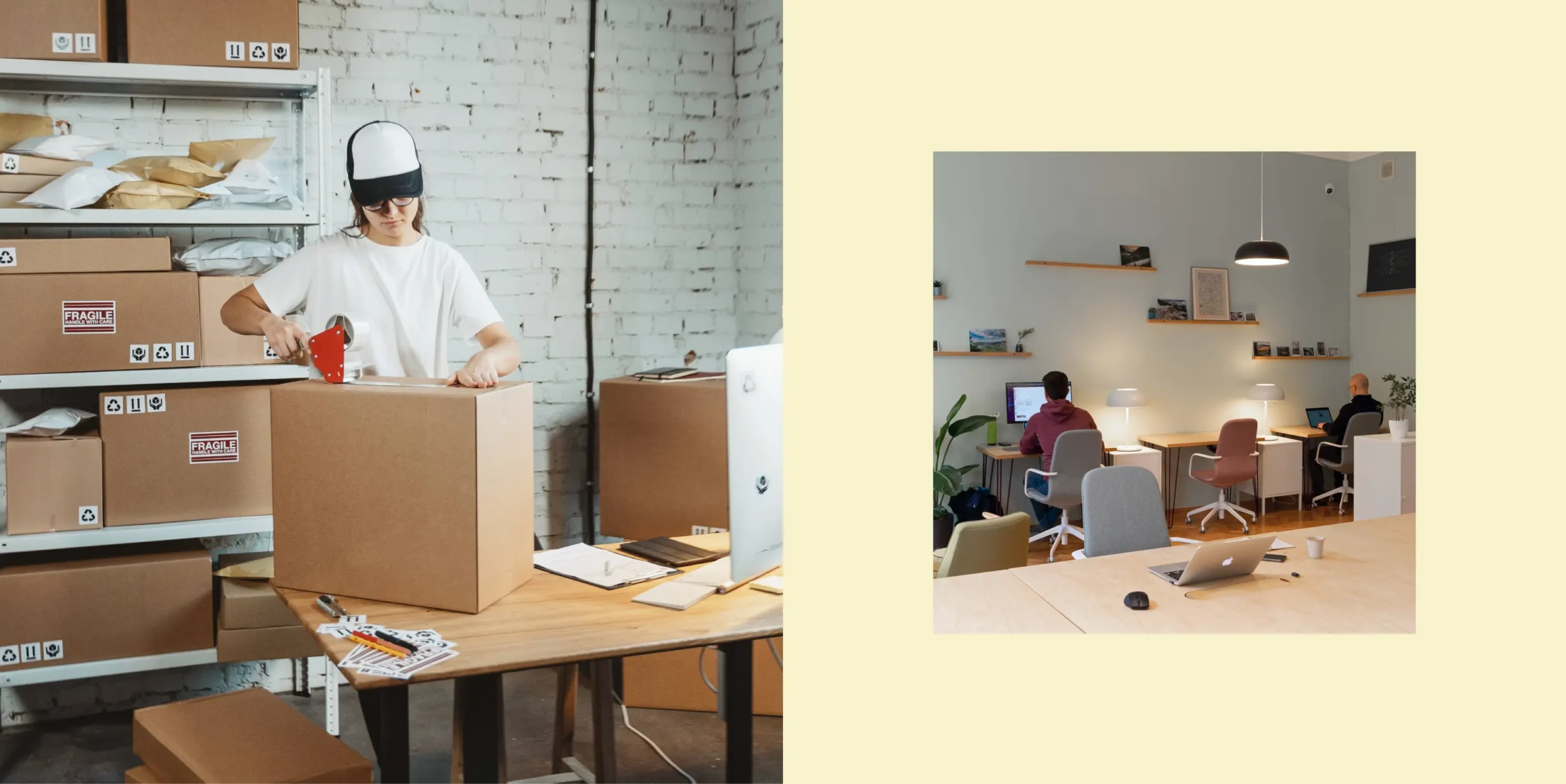
We attended GCUC Canada earlier this month and were intrigued to learn some of the key findings included in this year’s DeskMag Global Coworking Survey. While DeskMag often asks coworking space operators questions to compile their findings, DeskMag also speaks directly to the members of coworking spaces to find out more about how they choose their coworking space, how they typically spend their work day, and so much more.
While the survey is packed with wonderful facts, we’ve pulled out four in particular that we identified as offering insightful and surprising information. We’ve also included our own takeaways that can improve the coworking experience for members and managers alike.
1. Having more coworking options is contributing to ‘Accessibility’ becoming a growing concern
When you manage a coworking space, it’s important to know what factors contribute to a prospective coworking member ultimately choosing their coworking space. Comparing the percentage change in response rates between 2016 and 2017, nine responses stayed about the same or became less important factors in prospective members deciding on a space, one increased — “A close distance to my home.”
Our takeaway: This suggests that as more coworking spaces open and coworking becomes more popular overall, accessibility becomes a more important factor. This means that physical location of a coworking space should be more carefully considered, as it could become the defining factor that allows a specific coworking space to win more members.
2. January and September are the most popular months to join a coworking space
When do members join coworking spaces? It’s interesting to see that there are two main peaks within the calendar year: in January and in September/October. This makes sense. In January, many people want to start the New Year off on the right foot and want to jump back into the work they’ve been putting off during the holiday season. And in September and October, those who have been travelling or home with their kids for the summer months are settling back into their routine. The weather’s changing, perhaps leading more people to retreat indoors and seek the comfort of a community to beat doom and gloom of the rainy months.
Our takeaway: As a space operator, DeskMag offers the great suggestion to make use of December as a chance to lay the groundwork for the new business surge in January. As a prospective member, this finding gives you two great options. If you’d rather join a space alongside lots of other new members (added new community), consider joining in January or Sept/Oct. If you’d rather have more time to get acclimated in a less hectic time of the year, consider joining a space in February, April/May, or even December.
3. Coworking members still end up working a ‘9-5’ job
For a cohort full of freelancers who’ve ditched the ‘9-5 office job,’ it’s interesting to see that members of coworking spaces generally keep about the same hours as you’d expect out of an employee holding down a normal office job. Assuming an hour-long break for lunch, this means the average coworking member arrives around 9am and leaves around 5:45, clocking about 8 working hours.
How ironic, considering that being able to make your own schedule is an often-quoted perk of being a freelancer or remote worker. Further supporting this finding that coworking members keep pretty normal schedules, only 22% of respondents reported that their work hours were too irregular to report a specific time when they arrive and leave work on a typical workday. In comparison to the 2012 DeskMag survey of coworking members, when asked “What kind of access is most effective for you?”, only 30% chose ‘Traditional business hours.’
Our takeaway: This suggests that while coworking members might preach that they crave choice, at the end of the day coworking members crave routine. Left to their own devices, the average coworking member still adheres pretty closely to the 9-5 work hours typically kept by an employee working in a traditional office.
4. Staff members of coworking spaces report suffering many health issues
One of the more alarming discoveries unearthed by the survey is the fact that so many employees of coworking spaces suffer from health problems. Specifically, back or neck pain was given as the top response. But a whopping total of 80% of all coworking space employees reporting some type of health issue? Ouch. That’s an epidemic.
Our takeaway: As a space operator, make sure you’re taking care of your employees. Set up your coworking space to promote health and wellness. If your employees do their work on laptops, provide stands to help them raise the height of their laptop to eye level so they’re not putting stress on their neck. Offer them office chairs with proper lumbar support to alleviate stress on their back. Encourage them to stand up, walk around the venue, and focus on interacting with the community and building new connections. Are your employees bogged down in administrative tasks, tasks that tie them to sit in their desk staring at their screen for too many hours of their day? Consider implementing a coworking management software to help take some of the administrative burden off of their plate.
Which of these facts do you find most surprising, and why? We’d love to hear what seeing these facts brings up for you. Share your thoughts by sending us an email: social@optixapp.com.



